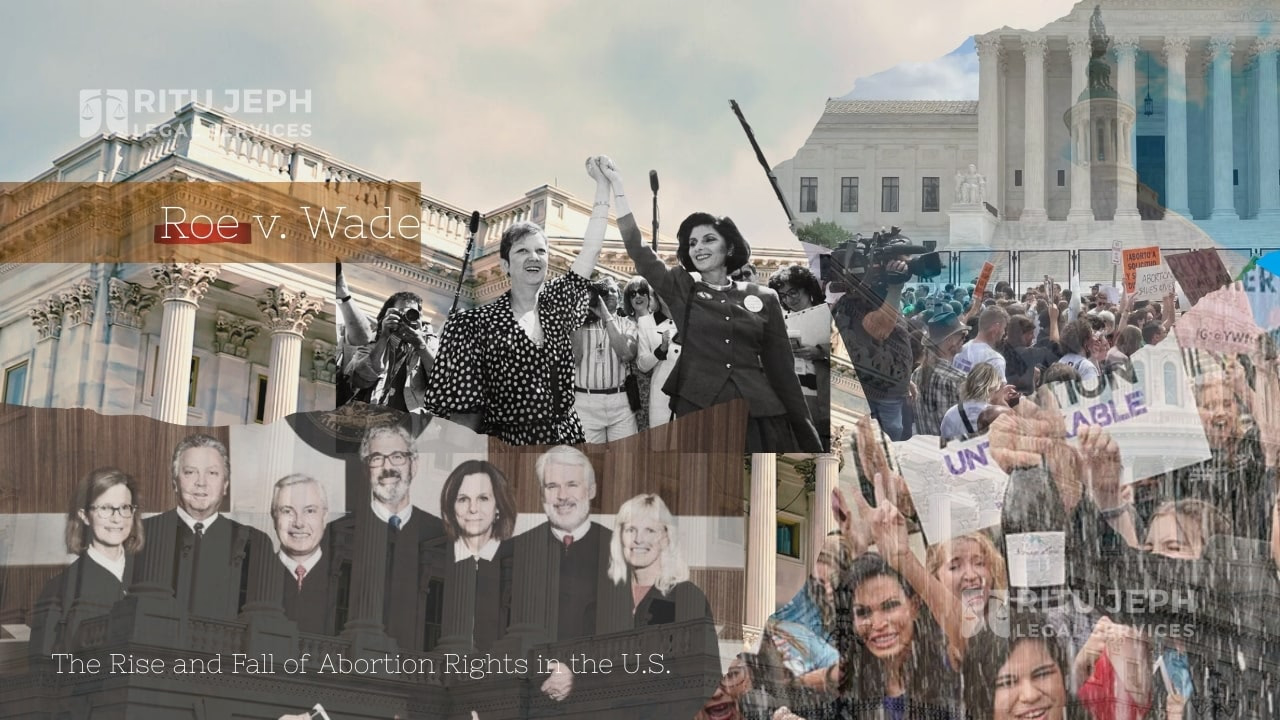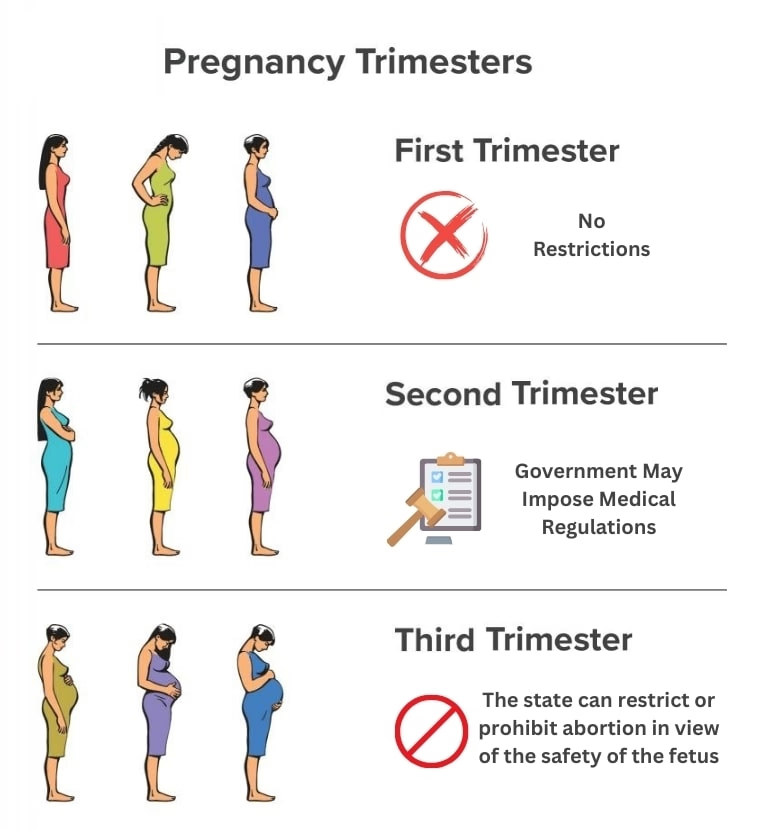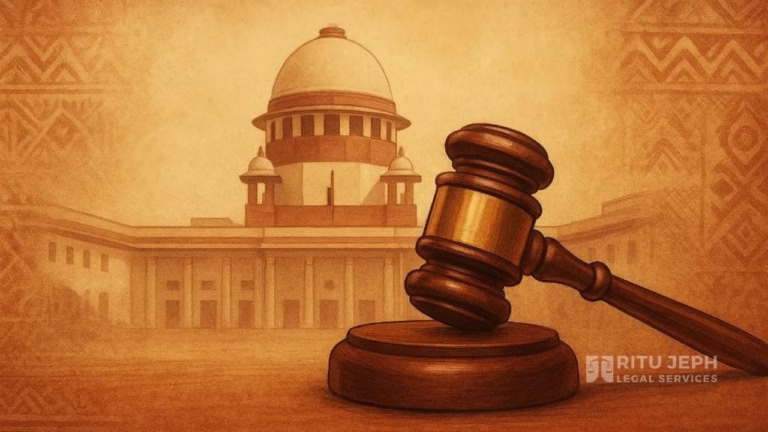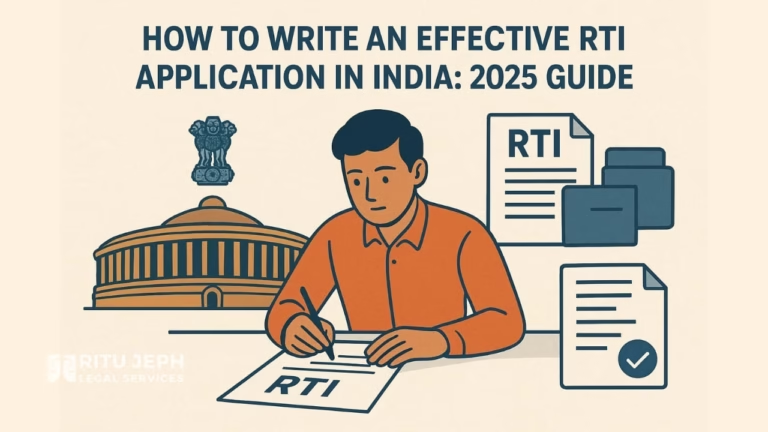Book Appointment Now

Roe v. Wade: The Abortion Case That Changed America
Understand the Roe v. Wade case in simple language — how it gave American women the right to abortion, why it was overturned in 2022, and what it means for Indian readers.
Roe v. Wade is one of the most famous court cases in the history of the United States. In 1973, the U.S. Supreme Court gave a big decision that said women have the right to choose abortion. This case changed how people saw abortion in America and started many debates around the world, including in countries like India.
Want a quick summary of the case? Watch the short 4-minute video below that explains Roe v. Wade in simple terms. Perfect for students and anyone who wants to understand the case in less time.
How It All Started
In 1970, a woman named Norma McCorvey wanted to get an abortion in the state of Texas, but the law there didn’t allow it unless the woman’s life was in danger. She used the name Jane Roe and filed a case against Henry Wade, the local district attorney.
She said the Texas law was unfair and went against her right to privacy, which is protected by the U.S. Constitution.
ALSO READ: Maternity Leave in India: Supreme Court’s Landmark Ruling and the Road Ahead
What the Court Said
In 1973, the U.S. Supreme Court gave its decision. Out of 9 judges, 7 agreed with Roe. The Court said that women do have a constitutional right to abortion, especially in the early stages of pregnancy.
They divided pregnancy into three parts:

- First 3 months (trimester): The government cannot stop a woman from having an abortion.
- Next 3 months: The government can make some rules, but cannot ban abortion.
- Last 3 months: The government can ban abortion unless the woman’s life or health is in danger.
This judgment gave women across the U.S. the freedom to choose abortion legally and safely.
What Happened After the Judgment
After this case, abortion became legal in all 50 states in the U.S. Many people celebrated it as a big win for women’s rights. But others strongly opposed it. Some people said it was wrong and that unborn babies should also have rights.
Over the years, this case became a big topic in politics, religion, and law. Many people supported it, and many protested against it.
Roe v. Wade Was Overturned in 2022
In 2022, the U.S. Supreme Court gave a new judgment in a case called Dobbs v. Jackson Women’s Health Organization. This time, the Court said that the U.S. Constitution does not guarantee the right to abortion. Because of this, Roe v. Wade was overturned after nearly 50 years.
Now, each state in the U.S. can make its own abortion laws. Some states banned abortion completely, while others continue to allow it.
Why Indian Readers Should Know About This Case
Even though this case happened in the U.S., it’s important for Indian law students and the general public to understand it because:
- It talks about the right to privacy, which is also a fundamental right in India (Puttaswamy case, 2017).
- It focuses on a woman’s right to make decisions about her own body.
- It helps us compare how abortion laws in India (like the MTP Act) work in real life.
In India, abortion is allowed under certain conditions, but many women still face problems like lack of awareness, refusal by doctors, or social pressure. So, learning about Roe v. Wade helps us understand how laws and rights around the world affect real people.
Roe v. Wade was more than just a legal case. It became a symbol of the fight for women’s rights and freedom of choice. Even after the Court overturned it, the debate about abortion and personal rights continues — in the U.S., in India, and across the world.



